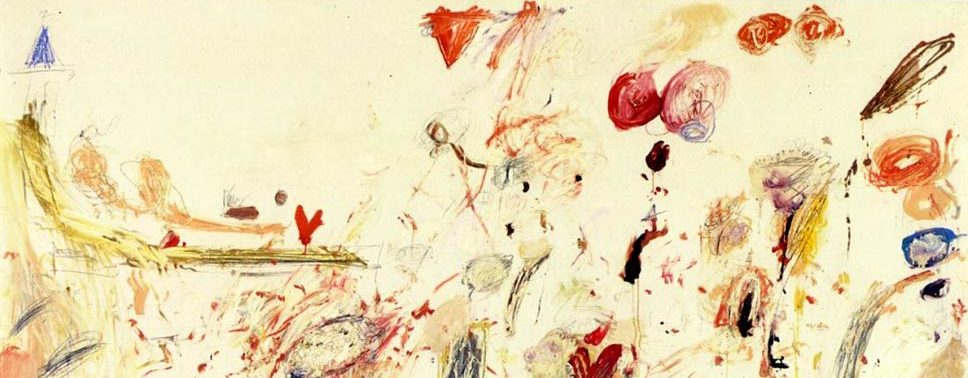The Beats Exhibit on the third floor of the Robert Woodruff Library shows the Emory Community the influence of the Beats Generation, which is a literary movement that greatly influenced the post-WWII US society. Three of the most significant examples of The Beat Generation are Allen Ginsberg, William S. Buroughs and Jack Korouac. The exhibit displays many objects, such as photographs, letters, books, and magazines, that represent the special movement and era.
There are three screens, on the left-hand side of the exhibit, playing the videos and playing the audio recording of Allen Ginsberg’s well-known poem, “Howl”, which perfectly represent the recalcitrant sentiment of the Beat Generation. The middle screen is playing the text of Howl that is being read, and the two screens on the sides are playing the videos of the 50s and 60s. Such combination with textual, visual, auditory influence gives the audience a well-rounded perception of this marginalized minority group who were both not respected and accepted in the United States in 1950.
The other part of the exhibit that interests me the most is “The San Francisco Renaissance” and the “Protest in Print.” After the Second World War, the younger generation of the poets gathered together at the Bay area, and ultimately became the San Francisco Renaissance. It is obvious that California has become the emblem of the liberal movement since then. The displayed poems all have creative sketch as their covers, which quickly draw my attention. These young poets obviously have a more creative mind and like to express their feelings in the more unrestrictive way. Such modern movement led the anti-mainstream culture of the group of poets in the new era and, in some ways, established the foundation of the later anti-Vietnam war sentiment. The Anti-Vietnam War movement is displayed in the “Protest in Print” section of the exhibit. The displayed works, such as Viet Nam Poems, War Poems, and Where is Vietnam?, along with the big pictures of anti-war protest photos on the wall, give the visitor a vivid impression of the intensity of the movement in the 1960s.
